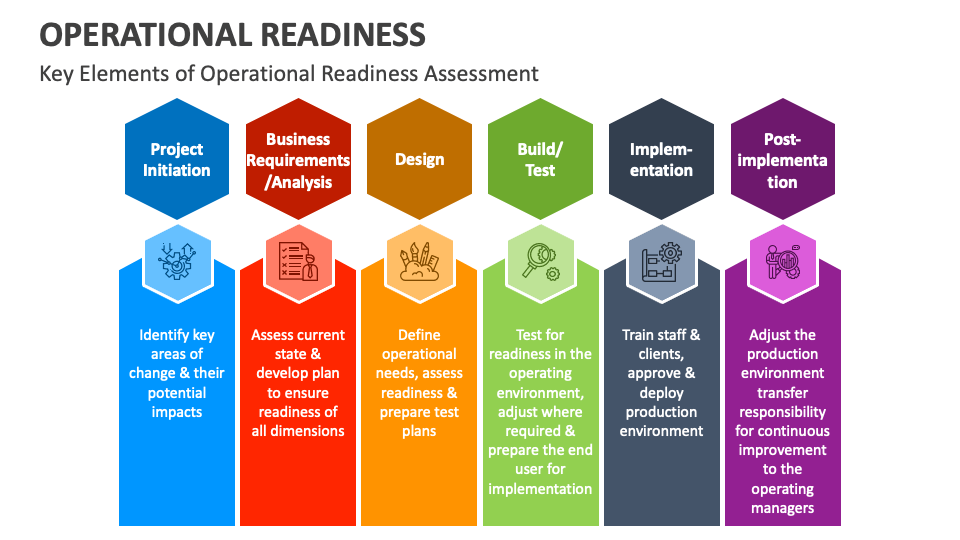How Do You Operationalize Excellence Across Agile Trains Without Losing Velocity or Control?
Project Overview
Role: Product Owner, Operational Readiness Lead
Timeline: 12 months (Feb 2023 – Feb 2024)
Platform: SAFe Agile Enterprise (Multi-Train)
Impact: Standardized operational readiness across 12 Agile Release Trains (ARTs), enabling scalable delivery with zero post-launch surprises

Executive Summary At USAA, I led the design and rollout of a comprehensive Operational Readiness framework across a multi-train SAFe Agile enterprise. The goal: ensure every product and project launched with full alignment, accountability, and support — without slowing down delivery.
We built a repeatable model that embedded readiness into the SDLC, automated governance through Jira, and empowered teams with clarity and confidence. From RACI matrices to stakeholder training, this initiative transformed chaos into coordination — and became the gold standard for launch excellence.
The Problem Space In a scaled agile environment with dozens of teams and trains, product launches were hitting friction:
Ownership confusion: Who’s responsible for what during go-live?
Operational blind spots: Support teams weren’t looped in until post-launch
Inconsistent delivery: Some trains followed readiness rituals, others didn’t
Risk exposure: Compliance, security, and infrastructure gaps surfaced late
The lack of a unified readiness framework created delivery drag, stakeholder frustration, and operational risk. We needed a system that scaled with agility — not against it.
Project Constraints
12 Agile Release Trains with varying maturity
Multiple SDLC formats across business units
Jira as the enterprise tool of record
Tight timelines with active launches in flight
Discovery & Research
Stakeholder Interviews I conducted 30+ interviews across engineering, operations, compliance, and product teams. Key insights:
“We don’t know what readiness means until something breaks.”
“Every team does it differently — and that’s a problem.”
“We need a checklist, but we also need ownership.”
Industry Benchmarking I researched operational readiness best practices across SAFe, ITIL, and DevOps. Common themes:
Readiness isn’t a phase — it’s a mindset
Success requires cross-functional alignment
Automation and visibility are critical for scale

Design Strategy
Operational Readiness Framework I defined a readiness model with five pillars:
Ownership — RACI matrix for every launch
Visibility — Jira templates with embedded readiness checkpoints
Training — Enablement sessions for product, ops, and support teams
Governance — SDLC integration with compliance and risk gates
Communication — Stakeholder engagement plans and go-live comms
SDLC Integration We mapped readiness milestones to each phase of the SDLC:
Initiation: Stakeholder discovery, RACI draft
Planning: Jira template applied, readiness checklist activated
Execution: Readiness reviews at PI boundaries
Release: Final sign-off, support handoff, go-live comms
Post-Launch: Hypercare, incident routing, lessons learned
Key Design Decisions
Decision 1: RACI Matrix Standardization We created a universal RACI template for product launches, covering:
Product
Engineering
QA
Support
Compliance
Infrastructure This eliminated ambiguity and made accountability visible.

Decision 2: Jira Template Configuration I worked with Jira admins to build a reusable project template:
Embedded readiness checklist
Linked RACI matrix
Auto-assigned tasks based on role
Integrated with SDLC workflow This turned readiness into a living artifact — not a forgotten document.
Decision 3: Training & Communication We launched a readiness enablement series:
Live workshops for product owners and scrum masters
On-demand modules for support and ops
Readiness playbook published in Confluence
Go-live comms templates for stakeholder alignment
Implementation & Validation
Rollout Strategy
Piloted with 3 Agile Release Trains
Incorporated feedback into framework
Scaled to 12 ARTs over 8 weeks
Validation Metrics
100% of launches used RACI and Jira template
0 post-launch ownership gaps reported
92% stakeholder satisfaction in readiness survey
85% reduction in support escalations during hypercare
Results & Impact
12 Agile Release Trains standardized
100% Jira template adoption
85% fewer post-launch escalations
92% stakeholder satisfaction
100% compliance alignment at go-live

Lessons Learned
Readiness Is a Product Treating operational readiness as a product — with users, feedback loops, and iterations — changed how teams engaged with it.
Clarity Beats Control Teams didn’t need more rules. They needed clarity. The RACI matrix and Jira automation gave them both.
Enablement Is Everything Training wasn’t a checkbox — it was the catalyst. Once teams understood the why, they owned the how.
Scale Requires Systems In a SAFe enterprise, tribal knowledge doesn’t scale. Systems do. Jira templates, SDLC mapping, and playbooks made readiness repeatable.
What’s Next
Readiness dashboard: Real-time visibility into launch status across trains
Automated alerts: Slack and email nudges for readiness gaps
AI-powered risk scoring: Predictive readiness health based on historical data
Continuous improvement: Quarterly feedback cycles to evolve the framework
Operational readiness isn’t just about going live — it’s about staying live, aligned, and supported. At USAA, we didn’t just launch products. We launched confidence.

